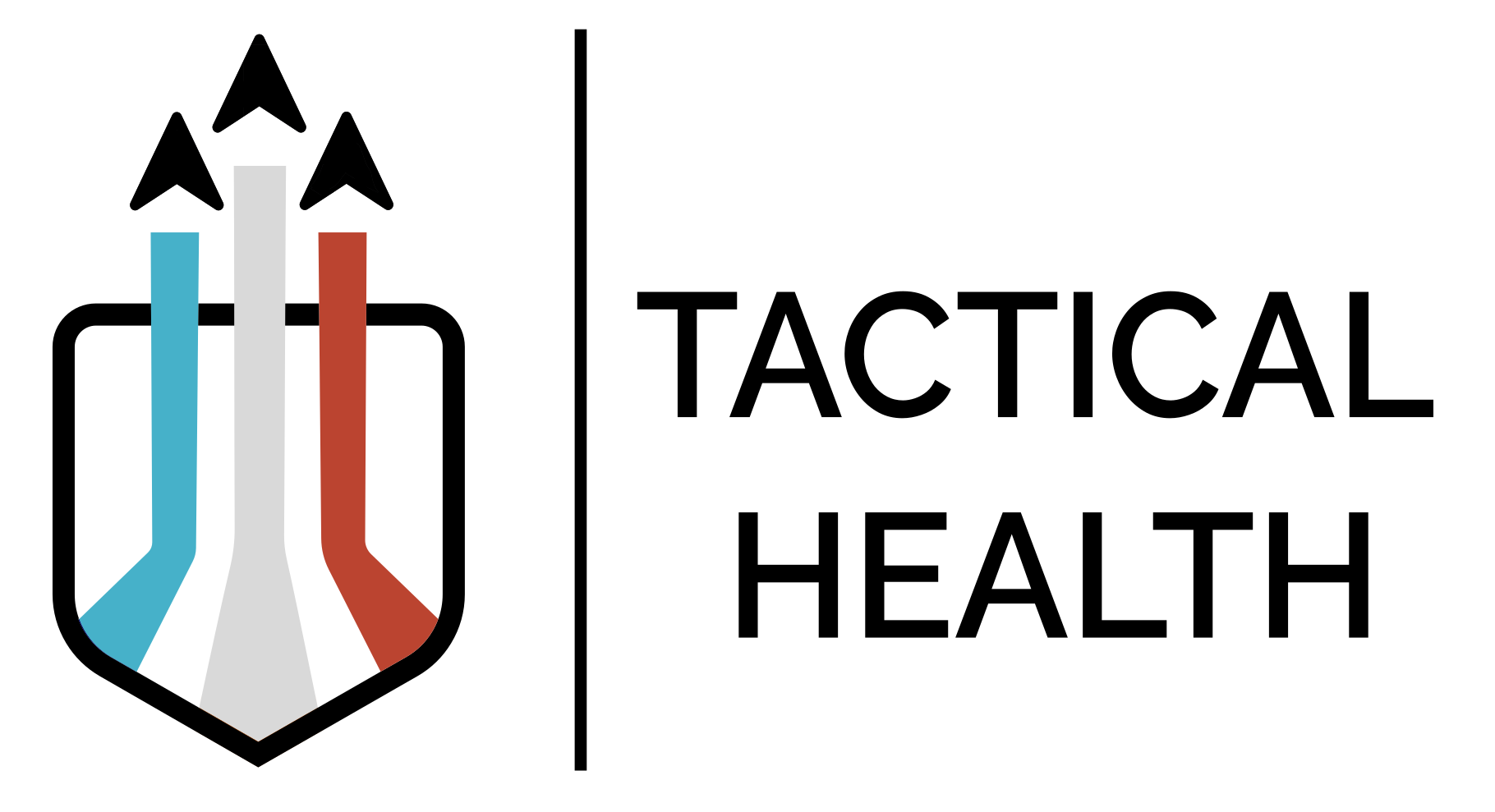Understanding the differences in labeling and how to identify between organic and non-organic produce can help consumers make informed choices about the food they buy and eat. Each category has distinct characteristics, regulations, and labeling practices.
What is Organic Produce?
Organic produce is grown according to strict guidelines set by the United States Department of Agriculture (USDA) to ensure that it is free from synthetic pesticides, herbicides, and genetically modified organisms (GMOs). To receive the USDA Organic certification, farmers must:
- Use natural fertilizers such as compost and manure instead of synthetic chemicals.
- Rely on crop rotation, cover crops, and natural pest control methods rather than synthetic pesticides or herbicides.
- Avoid the use of GMOs in seeds and crops.
Organic farming practices promote soil health, biodiversity, and sustainability.
How to Read PLU Codes on Produce
Price Look-Up (PLU) codes are numbers assigned to produce items to help identify how they were grown. These codes are typically found on small stickers on fruits and vegetables. Consumers looking for organic products should look for the USDA Organic seal or the prefix “9” in the produce PLU code.
- 4-digit codes (e.g., 4011 for a standard banana) – This indicates conventionally grown produce, which may have been treated with synthetic fertilizers and pesticides.
- 5-digit codes beginning with “9” (e.g., 94011 for an organic banana) – This indicates organically grown produce.
Making Informed Choices
For consumers who want to avoid GMOs and pesticides, buying USDA-certified organic produce is the safest option. Checking PLU codes on fresh produce can also provide insight into how it was grown. By understanding these labels and codes, consumers can make better choices aligned with their personal health and environmental values.
TACTICAL ADVANTAGE
→ Expose your eyes to natural sunlight within 30 minutes of waking to regulate circadian rhythm
→ Aim for 5–10 minutes outdoors without sunglasses — longer if it’s overcast
→ Benefits: Improved sleep quality, boosted energy, and enhanced hormonal balance

